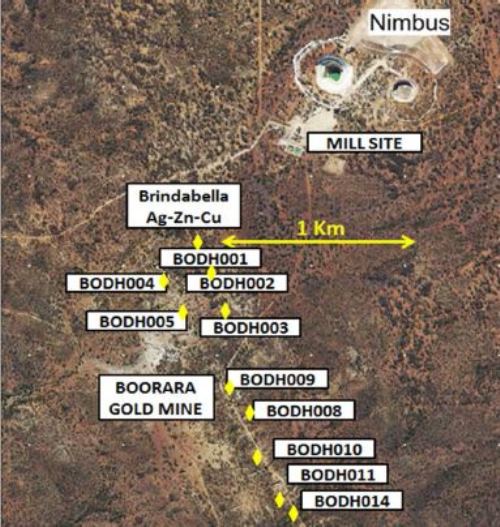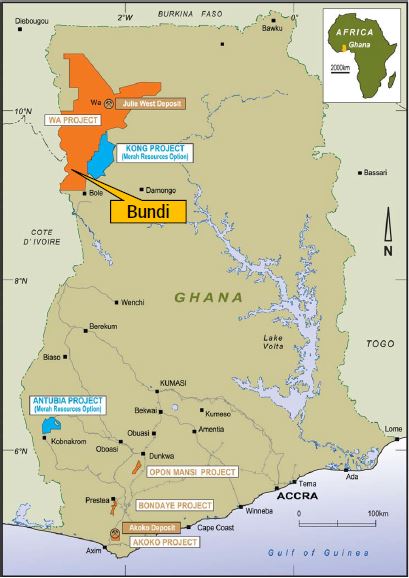Phoenix Gold extends mineralisation at Castle Hill Stage 1
THE DRILL SERGEANT: Phoenix Gold (ASX: PXG) has received further results from drilling being conducted immediately north of Stage 1 at the company’s Castle Hill gold project, located on the Kunanalling shear zone in the Western Australian Goldfields, less than 50 kilometres from Kalgoorlie.
Phoenix Gold said the latest results have extended gold mineralisation at depth and along strike of the resource at Castle Hill, which currently stands at 23.54 million tonnes at 1.6 grams per tonne gold for 1,178,000 ounces.

Phoenix tenements, project location and Resource summary. Source: Company announcement
The latest drilling results include:
39 metres at 4.8 grams per tonne gold from 59 metres;
67m at 2.1g/t gold from 76m;
85m at 1.2g/t gold from 57m;
22m at 3.2g/t gold from 108m;
63m at 1.12g/t gold from 17m;
47m at 1.5g/t gold from 47m; and
14m at 3.9g/t gold from 127m.
“The excitement around the large intercept reported at the end of last year has certainly been justified with these latest results from the extensional program,” Phoenix Gold managing director Jon Price said in the company’s announcement to the Australian Securities Exchange.
“Given these results will potentially increase the resource envelope up to 300 metres north and at depth demonstrates the potential of our first large scale mine development.
“The drill out of Castle Hill Stage 1 is now complete and I look forward to releasing the results aimed at converting our Inferred resource to Indicated category, as well as a resource update for Stage 1 over the coming weeks.”
During the March and June Quarters 2013, Phoenix Gold completed a total of 44 Reverse Circulation (RC) for 6,461m north of Castle Hill Stage 1.
The aim of the program was to follow up extensional drilling from November last year, from which an intercept of 94m at 2.6g/t gold was reported 100m to the north of the current resource envelope.
The program also tested depth extensions below the current resource depth of 85m from surface.
Phoenix said the results demonstrate mineralisation extends while demonstrating continuous grade and widths along strike and at depth.
The company considers the results provide potential for the Stage 1 resource to grow both laterally and at depth with mineralisation remaining open in all directions.
A program of infill drilling has been conducted at Castle Hill Stage 1 to enable conversion of the Resource to the Indicated category for inclusion in an open pit Reserve study as part of a Definitive Feasibility Study due for completion in December 2013.
The infill drilling results are expected for release early in the September Quarter while an extensional RC and diamond drilling program has commenced.
The company is focussed on growing the resource position at Castle Hill and Red Dam and achieving its interim target of four million ounces by December 2013.













